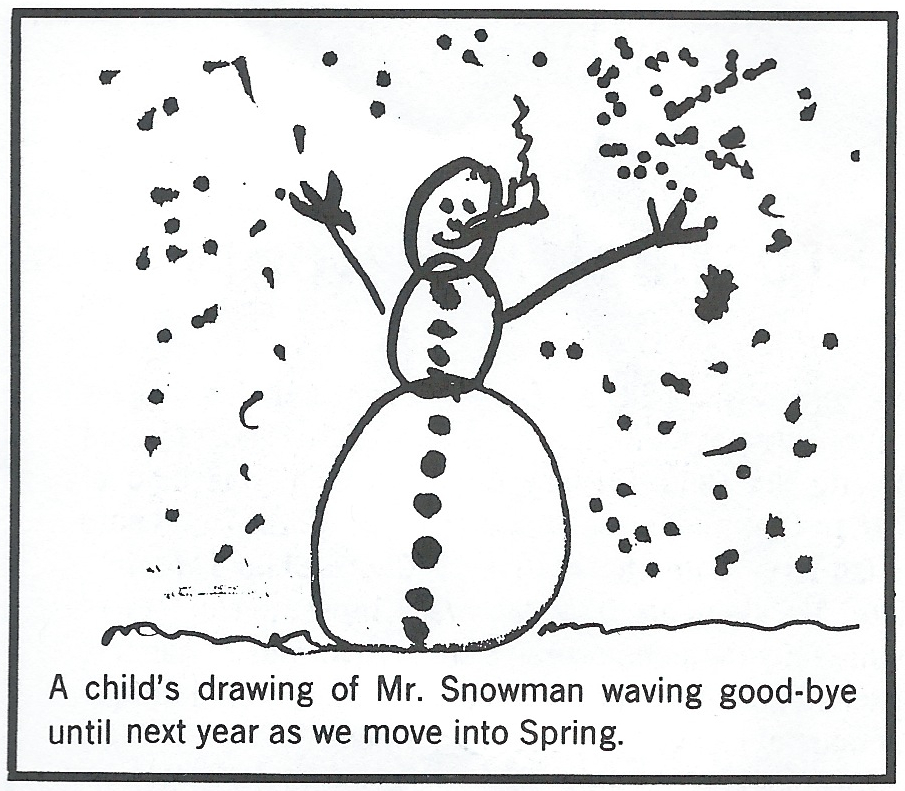The other day, a mom emailed me about her 7th grade son who is studying “FLE” (Family Life Education) in school, aka sex ed. When she asked him what he learned, he said, “Blow jobs and abstinence.”
I think it’s time to learn a bit more.STD stands for “sexually transmitted disease.” STD is the most commonly used term for the collection of medical infections that are transmitted through sexual contact. People who become infected, don’t always experience any symptoms or have their infection develop into a disease. That’s where the more modern term “STI” comes from.
STI stands for “sexually transmitted infection”, and many people, mostly the medical community, have begun transitioning from “STD” to “STI” in an effort to clarify that not all sexually transmitted infections turn into a disease. For instance, the vast majority of women who contract HPV (human papilloma virus) will not develop the resulting disease cervical cancer. In fact, most cases of infection will clear up within two years. Additionally, people who use this term believe that it also eliminates stigma around these illnesses; it’s less harsh to talk about an infection as opposed to a disease.
While the term STD has been around a long time (way back when, it was called venereal disease – named after Venus, the goddess of love), STI is becoming increasingly popular. Most of the time, the two acronyms are used interchangeably.
There are two major types of STIs – bacterial and viral. What’s the difference?
The microbes that cause sexually transmitted diseases or infections are equal opportunity bugs. They don’t care if you are white or black, rich or poor, educated or illiterate, happy or sad. If you’re a warm body, you’ll do.STI germs settle in an estimated 12 million Americans each year. Worldwide, they find 250 million new hosts a year.
The main difference between these two categories of STIs is what causes them — bacterial STIs are caused by bacterium and viral STIs are caused by viruses. A virus is so small that it can only survive and reproduce inside a living cell. But bacteria are larger than viruses and most can survive away from their host and even multiply.
As a result of being caused by different microorganisms, bacterial and viral STIs vary in their treatment. Bacterial STIs, such as gonorrhea, syphilis and chlamydia, are often cured with antibiotics. However, viral STIs, (the four “H’s”) such as HIV, HPV (genital warts), Herpes, and Hepatitis have no cure, but their symptoms can be alleviated with treatment.
The most common bacterial STI is chlamydia.
The most common viral STI is HPV.
In addition to bacteria and viruses, STIs can also be caused by protozoa, which are single cell organisms (such as trichomoniasis) and other organisms like parasites (crabs/pubic lice and scabies). These STIs can be cured with antibiotics or topical creams/lotions.
One of the most common symptoms of an STI is NO symptoms. So it’s important to go for check-ups if you are engaging in some type of sexual behavior. In general, women come off worse than men in this respect, more often showing no signs or symptoms of their disease. For instance, 80 percent of women and 40 percent of men diagnosed with chlamydia may not experience symptoms. STIs need to be diagnosed correctly and fully treated as soon as possible to avoid complications that could be serious and/or permanent.



